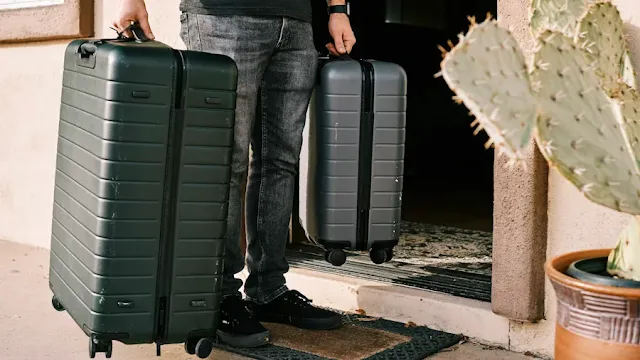Last year, while preparing for a flight from Delhi to Mumbai, I packed my favorite reusable water bottle, only to face confusion at security. Could I bring it? Was it allowed empty or full? After some research and firsthand experience, I’m here to clear up the rules about carrying water bottles on flights in India, including insights from Air India, Indigo, and airport security practices.
Table of Contents
Yes, empty water bottles are allowed on flights in India. You can bring an empty water bottle through airport security and then fill it up at a water fountain on the secure side of the airport.
Water Bottle Rules for Flights in India
In India, you can bring an empty water bottle in your carry-on luggage through airport security. According to regulations, no liquids, gels, or aerosols exceeding 100ml are allowed in carry-on bags. This means full water bottles or those containing more than 100ml of liquid will be confiscated at security checkpoints. However, once past security, you can refill your empty bottle at water fountains or refill stations available at most Indian airports.
Air India Water Bottle Policy
Air India’s baggage guidelines align with global aviation standards. Liquids in containers larger than 100ml are prohibited in carry-on luggage. Empty water bottles are permitted, and passengers can fill them after clearing security. Air India advises travelers to check with airport authorities for specific terminal facilities, as water refill stations may vary.
Indigo’s Liquid Restrictions
Indigo’s dangerous goods policy explicitly states that liquids over 100ml, including water, are not allowed in carry-on bags. Empty water bottles are fine to carry through security, and Indigo encourages passengers to use airport refill stations. Be aware that enforcement may depend on the security staff’s discretion, as noted in online discussions like Reddit.
Airport Security and Water Bottles
Indian airport security follows strict guidelines, but the ground reality can vary. Officially, no liquid or gel over 100ml is allowed in carry-on luggage. However, some travelers report inconsistent enforcement, where security staff may overlook small amounts or empty bottles. To avoid issues, always empty your water bottle before reaching the security checkpoint and refill it afterward.
Can You Bring a Metal Water Bottle?
Yes, empty metal water bottles are allowed in carry-on luggage on flights in India. They must be completely empty during security screening. Metal bottles are treated the same as plastic ones, provided they comply with the 100ml liquid rule. After passing security, you can refill your metal bottle at airport water stations.
Frequently Asked Questions
Can I carry a water bottle in a flight in India?
Yes, you can carry an empty water bottle in your carry-on luggage. Liquids over 100ml are not allowed through security.
Can we carry a water bottle in Air India?
Air India permits empty water bottles in carry-on bags. You can refill them after security at airport water stations.
Can you bring water through airport security in India?
No, water or liquids over 100ml are not allowed through security. Empty bottles can be brought and refilled later.
Can you take a metal water bottle on a plane carry-on?
Yes, empty metal water bottles are allowed in carry-on luggage, subject to the same 100ml liquid rule.
Are bottled water allowed in domestic flights?
Bottled water over 100ml is not allowed in carry-on luggage. Empty bottles can be refilled post-security.
Check out these related articles for more travel tips:
Is Drinking Water in Indian Airports Safe?
Can I Carry Sandalwood on an India Flight?
















